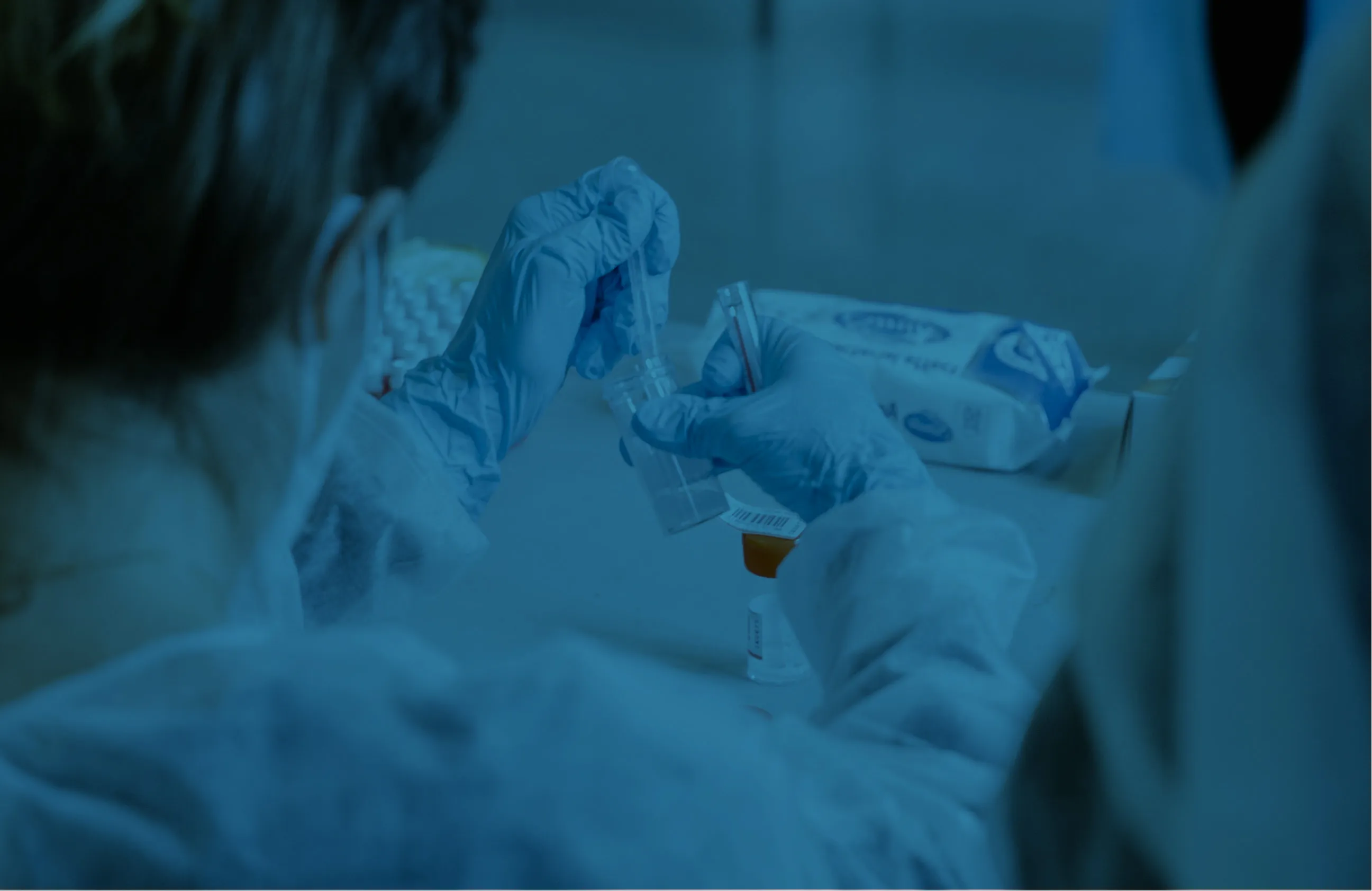
The Anti-Infective Innovator Blog
Beyond the headlines: Why we are excited about our pipeline and the future for patients needing effective treatments for infections

Beyond the headlines: Why we are excited about our pipeline and the future for patients needing effective treatments for infections
The Anti-Infective Innovator Blog
Posted on
January 9, 2020
Written by Spero Therapeutics,
Ankit Mahadevia, MD
Against a steady drumbeat of alarmist rhetoric in the lay press regarding infectious disease, at Spero we remain focused on developing our first-in-class pipeline of oral agents to treat what we believe to be the two largest infectious disease market opportunities: complicated urinary tract infections (cUTI) and nontuberculous mycobacterial (NTM) pulmonary disease.
While it may seem intuitive at first glance to view recent setbacks at certain other antibiotics companies as indicative of an uncertain prognosis for all infectious disease companies, we believe a key issue at hand is that IV hospital-based antibiotics alone likely are not sufficient from a commercial standpoint to support companies.Specifically, there are not enough known resistant infections to support a company commercializing a single IV antibiotic, and hospital payment dynamics do not incentivize the use of IV antibiotics.While this recent discourse highlights an important public health issue, we believe that its tendency to lump all ID therapeutic areas together presents an opportunity for those looking for value.Every company’s trajectory is the sum of its pipeline investment decisions. We continue to be excited about building a pipeline that meets the four basic blockbuster criteria that we describe below and focusing on therapeutic areas where we believe current medical practice is supportive of new oral medications.
Spero’s thesis since our inception five years ago continues to be as follows:
Focus on blockbuster areas: Four basic criteria
Recent rhetoric also suggests that the commercial travails of specific products are a surprise.However, in our opinion, available market data have been clear for many years about where the large opportunities lie in ID. Since the 1990s, every blockbuster ID agent has had four common characteristics:
- Large unmet need exists today – market case does not require progression of resistance in the future
- No generic substitute for product– in era of stewardship, less expensive generics will be used first
- Reimbursed outside hospital DRG – creates no disincentive to use innovative products
- Usage supported by current clinical practice and financial incentives – does not require major changes in institutional behavior for market case
These criteria are supported by current and historical evidence. Today, Insmed (INSM) continues to deliver successful sales of its antibiotic for treatment of NTM infections. Historically, companies such as Cubist, Pharmasset and Gilead built their legacies on successful antibiotics meeting these criteria.We have chosen to focus on Tebipenem HBr, an oral agent for treating serious Gram-negative infections, and SPR720, an oral agent for treatment of NTM infections, because we believe both agents meet the above blockbuster criteria.
Deliver great science:
Development in blockbuster therapeutic areas has been challenging; success creates meaningful value
The recipe for value creation in ID has been clear for some time; however, developing molecules that meet the blockbuster criteria has been challenging for the industry.As such, some companies have had to compromise on one or more of the blockbuster criteria to deliver an approvable, but not necessarily commercially attractive, medicine.The therapeutic opportunity we seek to target with Tebipenem HBr is an example of a high potential area where many companies have attempted to develop medicines but have failed in development. Specifically, multiple developers have failed to achieve the combination of oral bioavailability, antimicrobial potency, and tolerability required to create a viable medicine.Notably, biotechs such as Achaogen and Tetraphase (TTPH) attempted to develop molecules to meet this need but were unsuccessful. These biotechs subsequently focused on IV hospital products and their setbacks have become the subject of recent lay press headlines.Our lead compound in development, Tebipenem HBr, is in a single pivotal Phase 3 clinical trial required for FDA approval with data expected to read out in 3Q20.It has demonstrated a combination of oral bioavailability, potency, and tolerability through Phase 1 and Phase 2 clinical trials and 9 years of post-market experience with tebipenem pivoxil (Tebipenem HBr’s active pharmaceutical ingredient) in Japan. We are also encouraged by preliminary safety, tolerability and PK data collected for SPR720 in our recently completed Phase 1 first-in-human clinical trial of SPR720, as well data from our preclinical studies of SPR720.We are now working with the FDA on preparations for a Phase 2a proof-of-concept clinical trial of SPR720, which is expected to begin in 2H20.
Build based on great products:
Promising developments for patients across the sector and areas for growth
On a macro level, 2020 looks to be an eventful year across the ID sector.Notwithstanding (and perhaps as a result of) the lay press coverage of the sector, there have been recent positive tangible policy changes that may benefit the sector.For instance, CMS has instituted rule changes to enhance the reimbursement available to IV agents, and agencies such as BARDA have stepped in to provide additional incentives to ID companies, such as stockpile agreements.In addition, companies such as Spero are poised to deliver pivotal data in therapeutic arenas that we believe share all the characteristics of past blockbusters. The combination of high-value assets gaining momentum, policy tailwinds, and the industry’s continued ability to add quality programs to this recipe make us optimistic about what the ID sector can be in 2020 and beyond.
